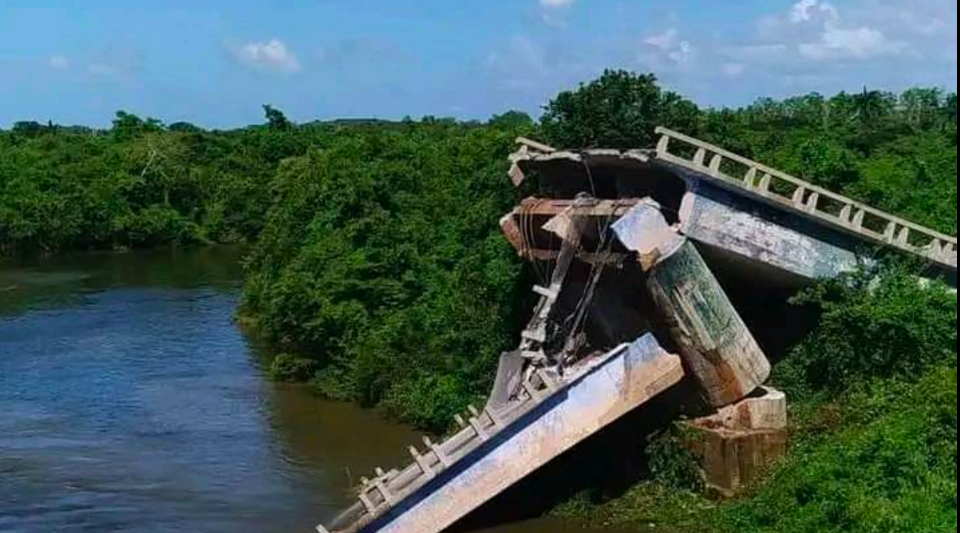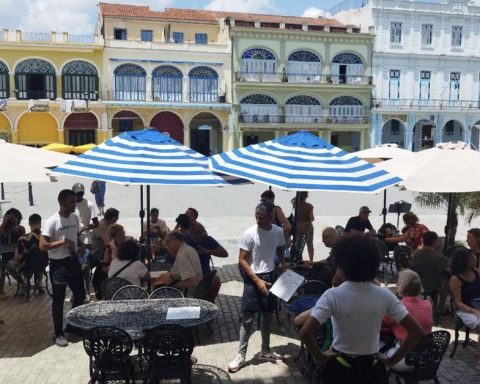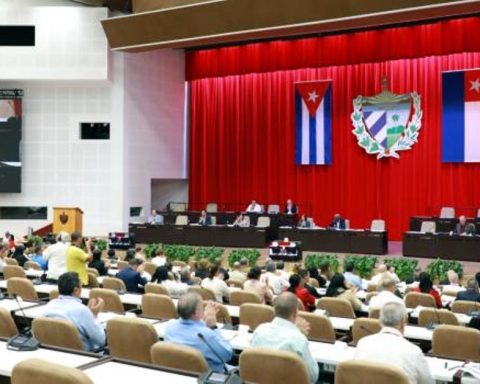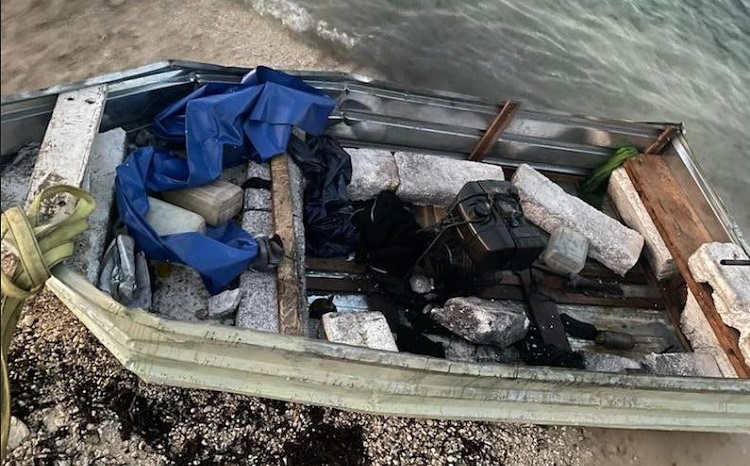The Felipe Pazos bridge, one of the communication routes between Sagua la Grande and the town of Sitiecito, in Villa Clara, collapsed this Tuesday. The structure, declared unstable since the 1970s, presented irreparable damage and a total lack of maintenance.
According to official journalist William Surí Martínez, of the Radio Sagua station, the bridge’s greatest weakness was “the need for maintenance, every three years maximum, through hatches or windows created especially for that purpose.”
Built in 1956 by the firm Arellanes Mendoza, the Felipe Pazos stood on the Sagua la Grande River thanks to the Roebling system of steel tensioners, which supported the weight of the construction.
With the triumph of the Revolution, it became impossible to replace the damaged tensioners to keep the bridge in optimal conditions, so that, 20 years after its inauguration, the passage of vehicles on that road was prohibited.
The government solution was to build a parallel bridge a short distance from the Felipe Pazos, which is the route enabled to travel from Sagua la Grande to Sitiecito. According to Surí, the local peasants used the construction as a drying place for rice and corn grains.
The Felipe Pazos was an expensive structure of considerable size, with a very innovative design for the interior of Cuba.
The collapse of the Felipe Pazos did not mean the loss of human lives, but it shows the irresponsibility of the government and the clumsiness of the Cuban constructive bureaucracy. Covered by vegetation, the images do not allow us to notice that the Felipe Pazos was an expensive structure of considerable size, with a very innovative design for the interior of Cuba.
The oversights have led to collapse of other passageways in recent years, especially in hurricane and storm season. Hurricane Mathew, in 2016, destroyed the colossal bridge over the Toa River, in the province of Guantánamo. Its reconstruction took almost two years, for which aid was requested in terms of materials from Venezuela.
The residents of Mayabeque saw the collapse in 2021, due to the impact of the rains, the bridge that gave access to the neighborhood of El Matadero, in the municipality of Madruga. The same thing happened this year, during the heavy rains of June, when an iron structure perished in the vicinity of the old La Polar factory in Havana.
A flood in 2018 also caused the collapse of a bridge in Zaza del Medio, Sancti Spíritus, from which some passersby could barely escape.
Walking carefully is the only way to delay the fall of El Triunfo, at least until the next cyclone.
the bridge The triumph, the most emblematic of Sagua la Grande, is another one that is in danger of collapsing. Built in 1905 to commemorate the passage of the mambisa troops to the city and restored in the 1940s, since 1980 the Government has been studying its demolition.
Despite having been declared a National Monument, the case of El Triunfo repeats the same pattern of neglect by the authorities, as also happens in other heritage bridges in Matanzas or Havana.
On this bridge, the official encyclopedia Ecured assures that “lovers slowly cross its sidewalks because from no other place do they feel so much belonging to the city.” However, the sagüeros have another opinion: walking carefully is the only way to delay the fall of El Triunfo, at least until the next cyclone.
________________________
Collaborate with our work:
The team of 14ymedio is committed to doing serious journalism that reflects the reality of deep Cuba. Thank you for joining us on this long road. We invite you to continue supporting us, but this time becoming a member of our newspaper. Together we can continue transforming journalism in Cuba.


















